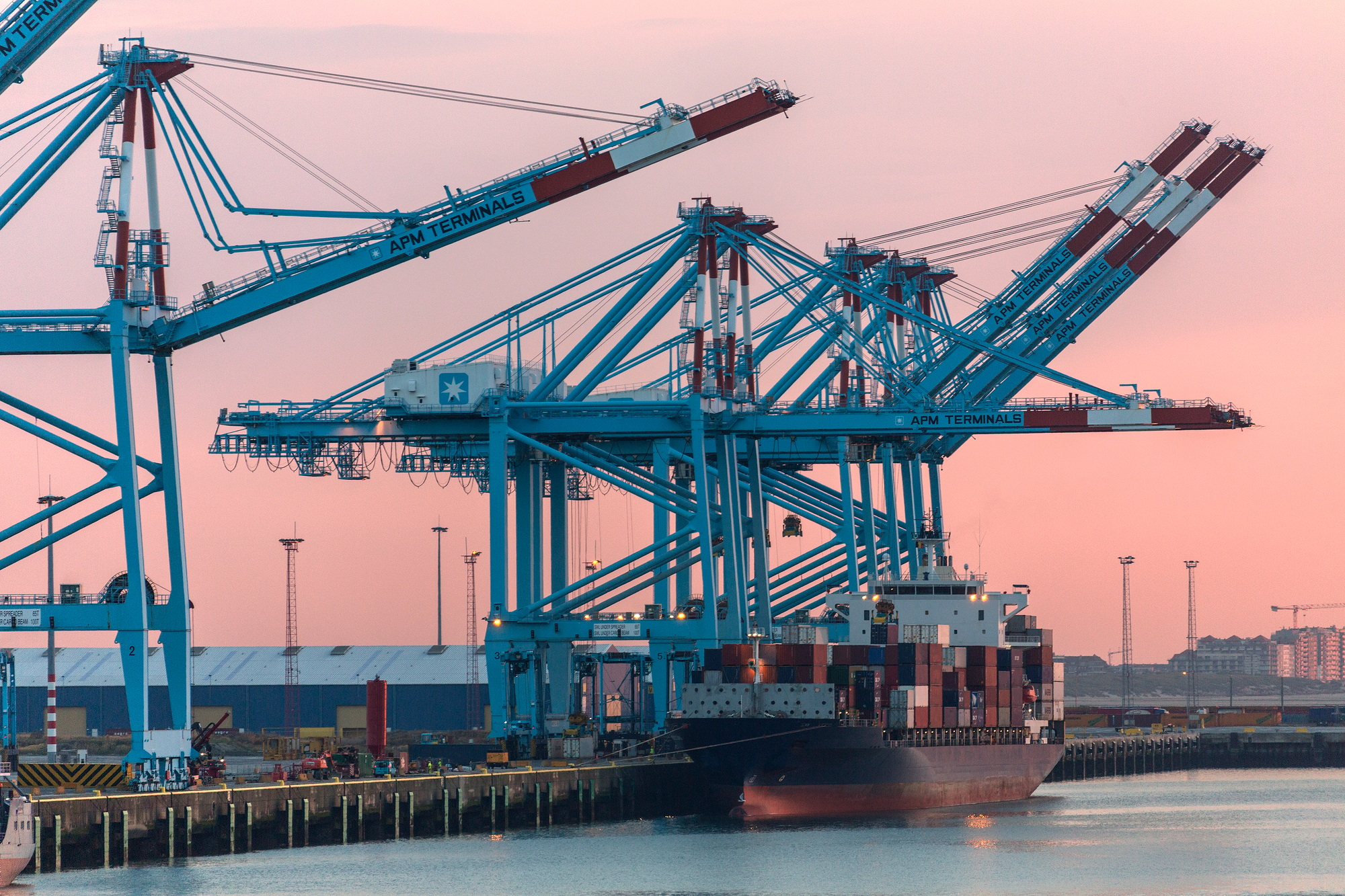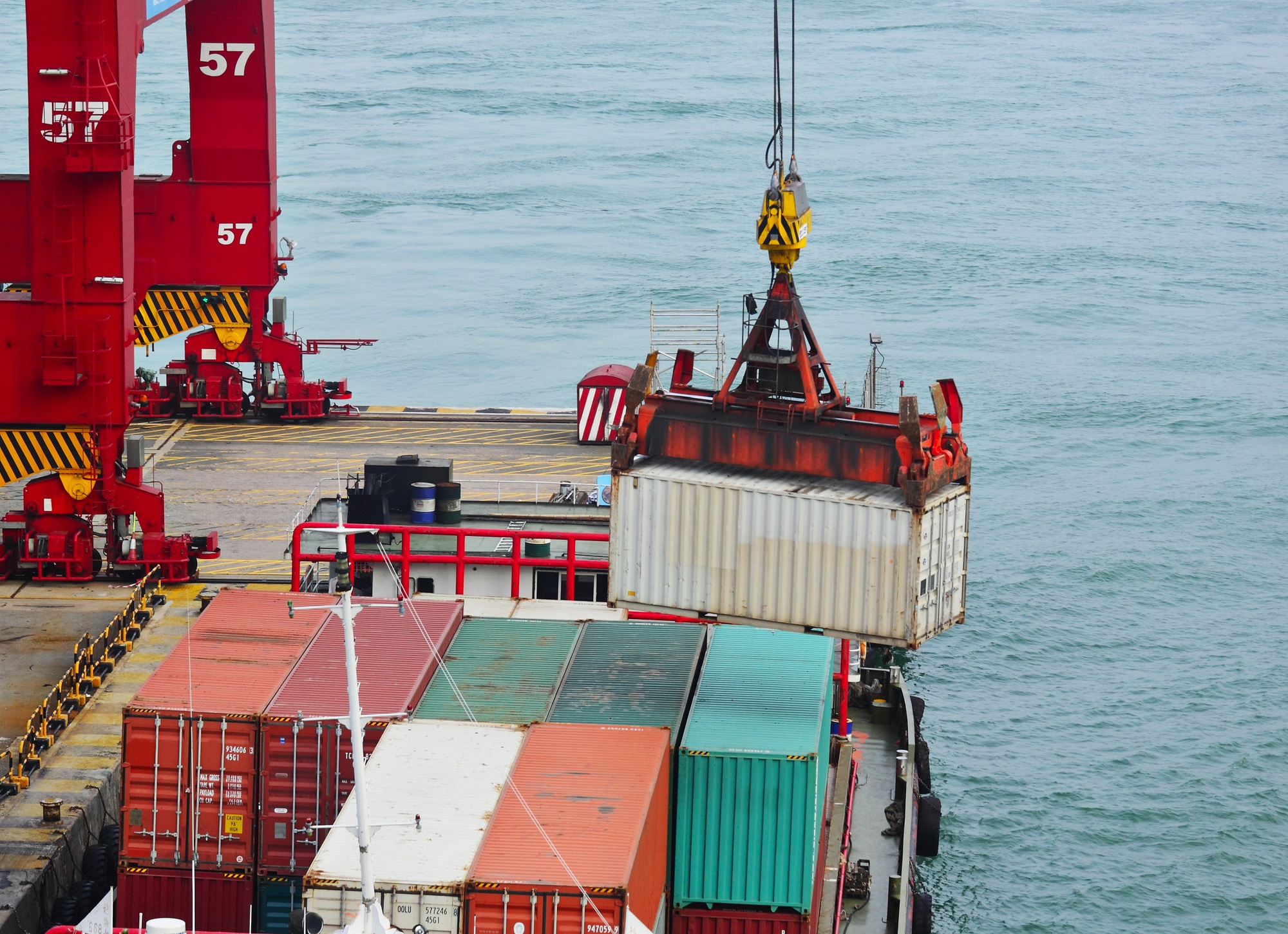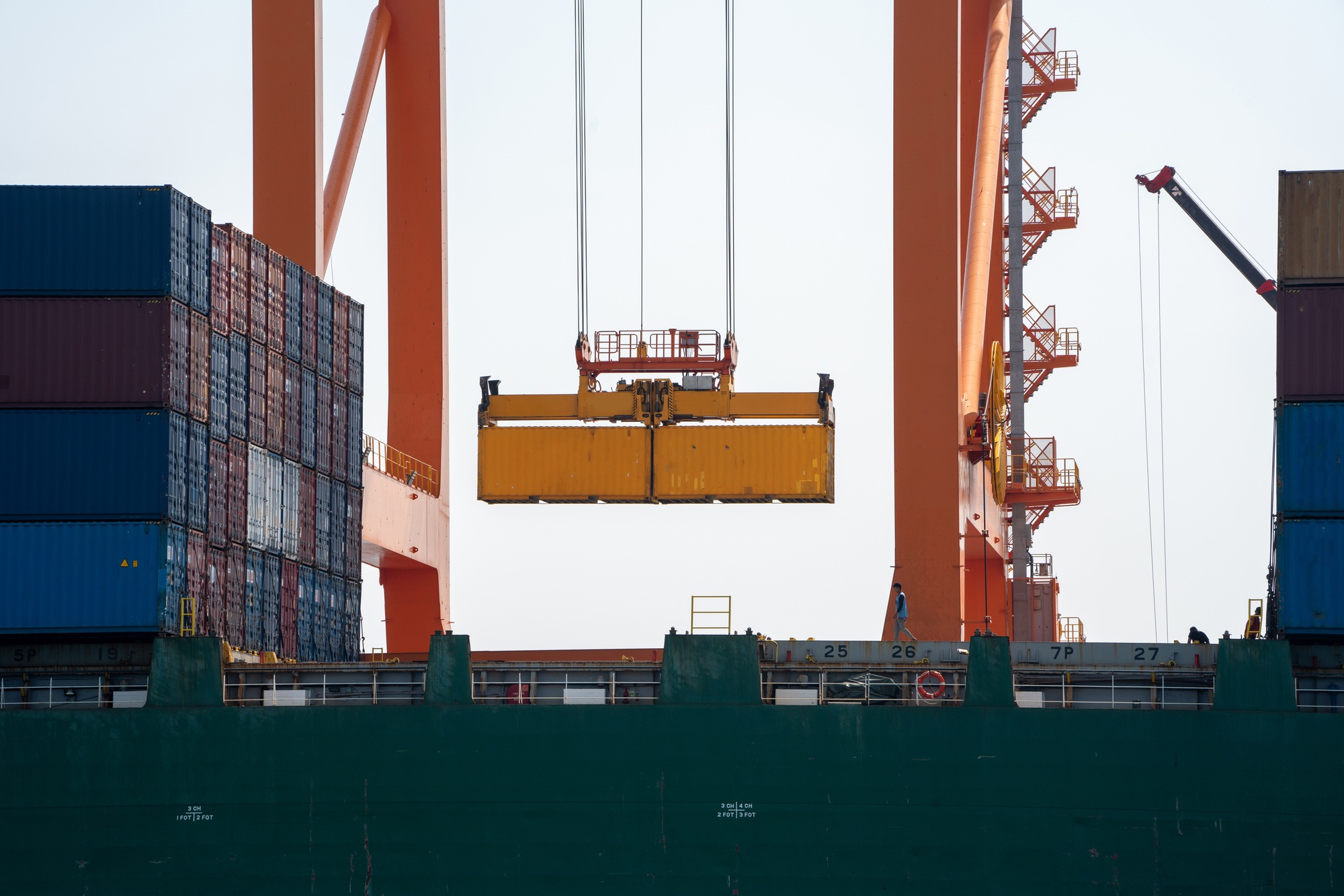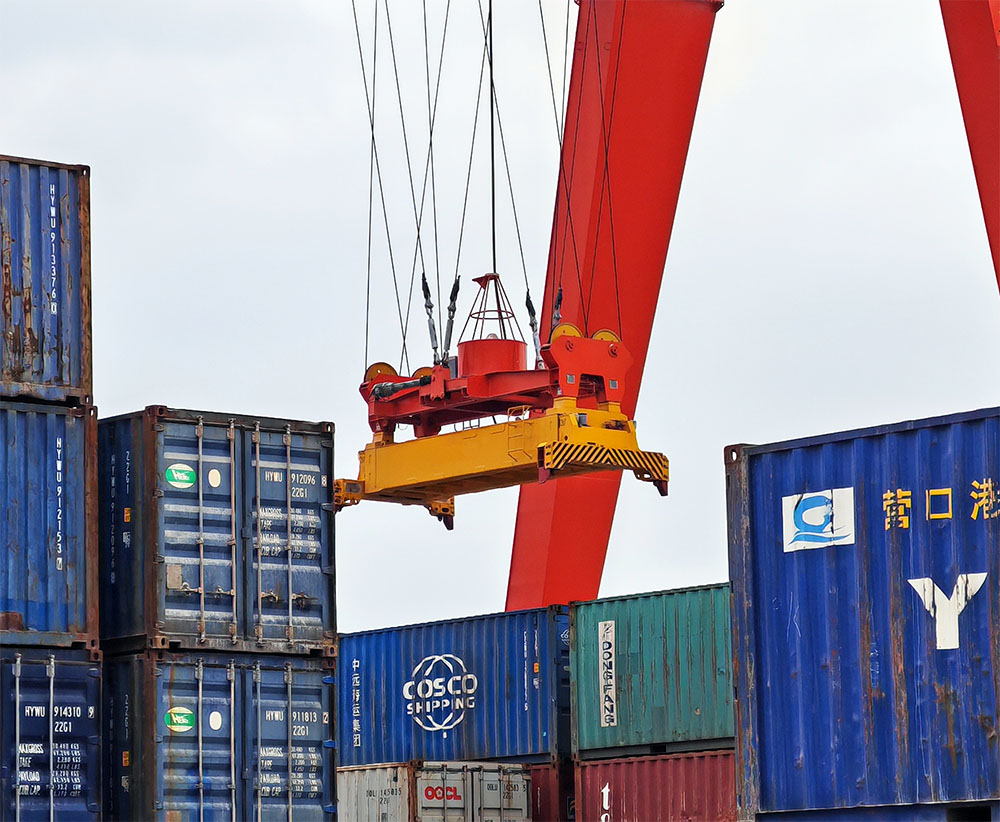Shipping containers are the backbone of global trade, transporting goods across oceans and continents. But how are these massive steel boxes lifted and moved efficiently? The answer lies in specialized lifting equipment designed for safety, precision, and durability.
In this comprehensive guide, we’ll explore the different types of equipment used to lift shipping containers, their applications, safety considerations, and how to choose the right tools for your needs.
1. Introduction to Container Lifting Equipment
Lifting shipping containers requires robust machinery and accessories capable of handling weights ranging from 10,000 lbs (5 tons) to over 120,000 lbs (60 tons). The right equipment ensures smooth operations in ports, warehouses, and construction sites while minimizing risks of accidents or damage.
Key factors influencing equipment selection include:
- Container weight and dimensions (20ft, 40ft, high-cube, etc.)
- Lifting environment (indoor, outdoor, marine, or industrial)
- Safety compliance (ISO, OSHA, and ANSI standards).

2. Types of Equipment Used to Lift Shipping Containers
2.1 Container Spreaders & Beams
Spreader beams are the most common lifting devices for ISO containers. They attach to cranes or forklifts and distribute weight evenly to prevent container deformation.
- Fixed vs. Adjustable Spreaders: Adjustable models accommodate different container sizes.
- Top vs. Side Lift: Some spreaders lift from the top corners, while others use side locks.
2.2 Container Lifting Slings & Rigging
Slings made from chain, wire rope, or synthetic materials are used for flexible lifting.
- Camlok Lifting Lugs: Secure attachments for safe lifting.
- Shackles & Hooks: Connect slings to cranes or hoists.
2.3 Container Moving Carts & Skates
For ground-level movement, carts with heavy-duty wheels allow smooth repositioning without cranes.
2.4 Forklift Attachments
Specialized forklift clamps and spreaders enable container handling in warehouses.
2.5 Overhead Cranes & Gantry Systems
Ideal for ports and industrial facilities, these systems provide high-capacity lifting.
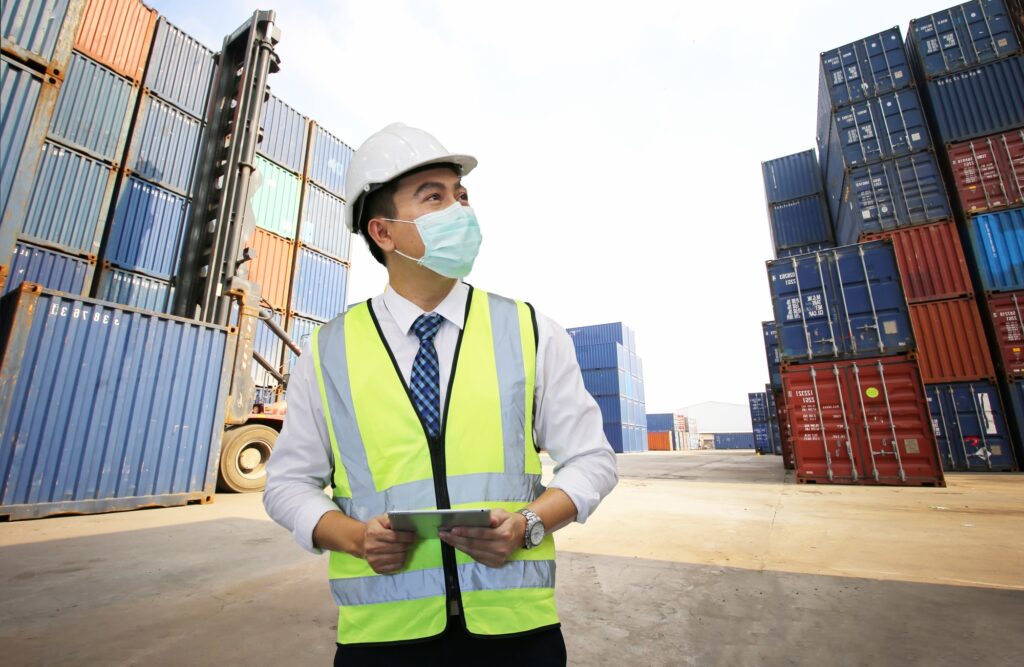
3. Safety & Compliance in Container Lifting
3.1 Load Capacity & Stability
- Always check maximum load ratings before lifting.
- Avoid sudden movements to prevent tipping.
3.2 Inspection & Maintenance
- Regularly inspect slings, hooks, and spreaders for wear.
- Follow OSHA and ISO guidelines for equipment safety.
3.3 Operator Training
- Only trained personnel should operate lifting gear.
- Proper rigging techniques prevent accidents.
4. Choosing the Right Lifting Equipment
Consider:
✅ Container Type (standard, refrigerated, open-top)
✅ Lifting Height & Environment (indoor, outdoor, marine)
✅ Budget & Long-Term Needs (rental vs. purchase)1.
For heavy-duty applications, spreader beams and cranes are best. For smaller operations, forklifts or slings may suffice.

5. Where to Buy Reliable Container Lifting Equipment
Trusted suppliers like OLATspreaders in China offer:
✔ ISO-certified spreaders and slings
✔ Expert advice on equipment selection
✔ Fast shipping and warranties.
Conclusion
Lifting shipping containers safely requires the right equipment, proper training, and adherence to safety standards. Whether you need spreader beams, slings, or forklift attachments, choosing high-quality tools ensures efficiency and reduces downtime.
For professional-grade lifting solutions, explore trusted suppliers(OLATspreaders) and invest in durable, compliant equipment.



